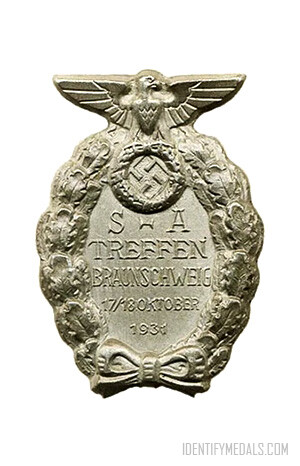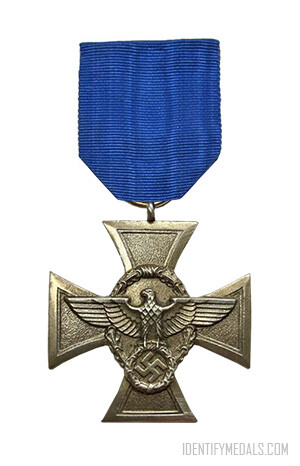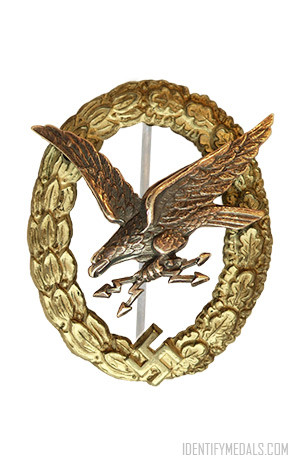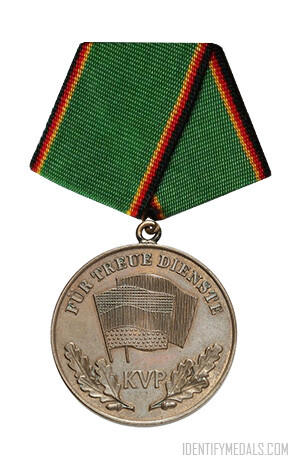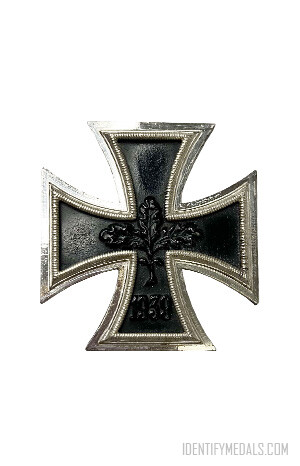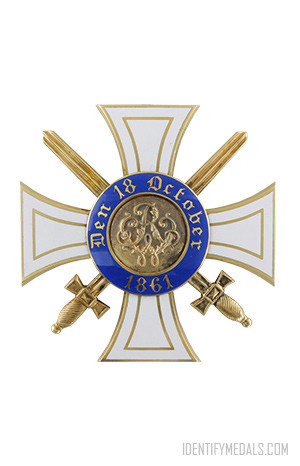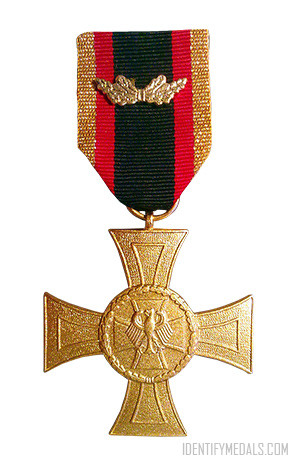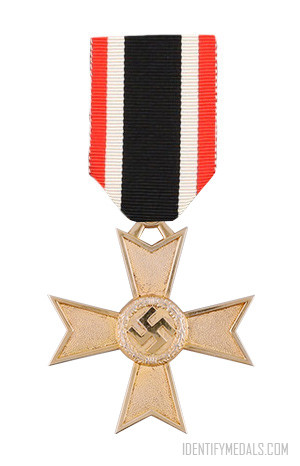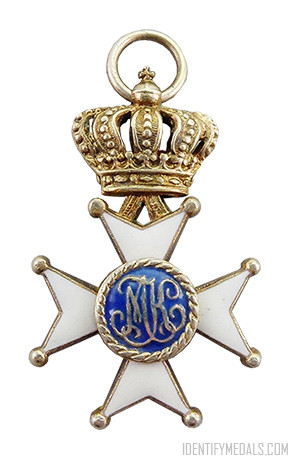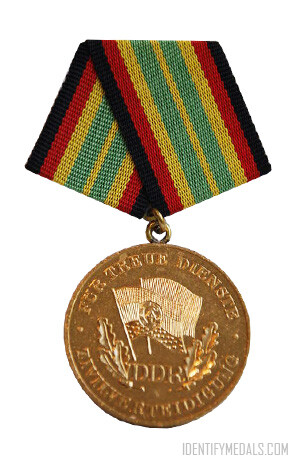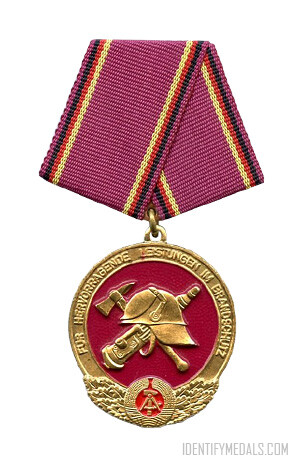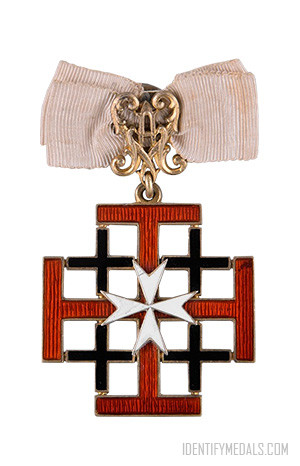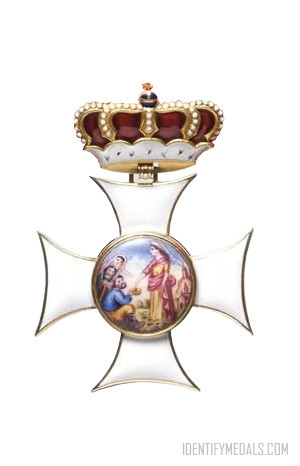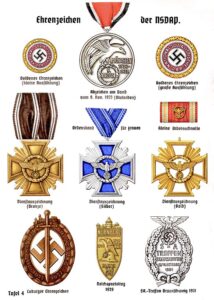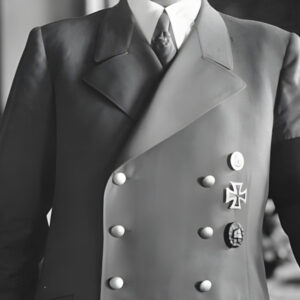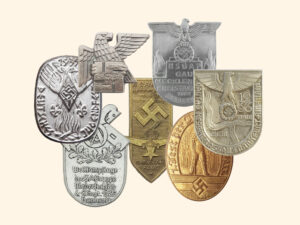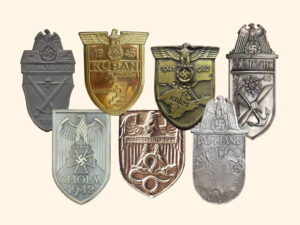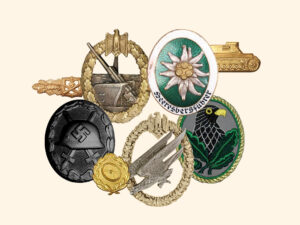- Time Period: Nazi Germany (Interwars Period, World War II)
- Institution: 6 November 1936
- Country: Germany
The Brunswick Rally Badge, officially known as the Badge of the SA Rally at Brunswick 1931 (or Das Abzeichen vom SA – Treffen in Braunschweig 1931 in German), was the third badge to be recognized as a national award by the Nazi Party (NSDAP).
Established through regulations issued on November 6, 1936, this special Party Honor Badge commemorated the SA Assembly in Braunschweig, Lower Saxony, held on October 17-18, 1931.
The Rally Event
The Brunswick rally was a significant joint event involving members of the Sturmabteilung (SA) and Schutzstaffel (SS). It aimed to demonstrate the strength and solidarity of these paramilitary groups in a Germany weary from internal strife and political instability.
Held before Adolf Hitler became Chancellor in January 1933, the rally saw a massive participation of 104,000 SA and SS men who marched in a six-hour parade reviewed by Hitler. This event also marked the first inspection of the SA Motor and National Socialist Motor Corps (NSKK) units.
The rally was organized by SA-Gruppe Nord under the leadership of then SA-Gruppenführer Viktor Lutze. During the event, the SA pledged their loyalty to Hitler, who in turn expanded the SA by creating 24 new Standarten (regiment-sized formations). Hitler later rewarded Lutze’s loyalty by appointing him as the commander of the SA in 1934, following the purge of Ernst Röhm during the Night of the Long Knives.
The Brunswick Rally Badge Design
The Brunswick Rally Badge was created to commemorate this large-scale rally and honor its participants. To qualify for purchasing and wearing the badge, one had to have officially attended the rally. The badge was worn on the left breast of the uniform and was made in two patterns.
- Pattern 1: Measuring 37mm wide by 50mm high, it featured the Party eagle at the top and an oak leaf wreath around the edge, with a bow at the bottom. Inside the wreath was inscribed “S—A Treffen Braunschweig 17./18. Oktober 1931.”
- Pattern 2: Slightly larger at 37mm wide by 52mm high, it retained the same basic design as the first pattern. Early badges were stamped out of tin and silver in color, while later ones were stamped with a solid back and were grey.
Permission to wear the badge had to be confirmed by a senior SA Party leader or higher, and the authorization to wear it could be revoked by SA-Stabschef Viktor Lutze or his successors.

